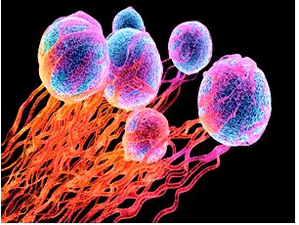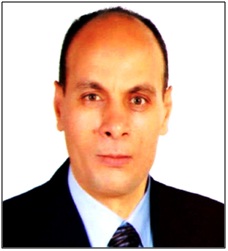SYNTHESIS AND ANTICANCER ACTIVITY TOWARDS HEPG-2 AND MCF-7 OF NEW 2-AMINO-1,3,4-THIADIAZOLE AND THEIR SUGAR DERIVATIVES
Keywords:
1,3,4-Thiadiazol-2-amine, Cytotoxicity, HepG-2, MCF-7, ThiosemicarbazideAbstract
Background: In recent papers, it was found that 1,3,4-oxadiazole, 1,3,4-thiadiazoleand 1,2,4-triazole pharmacophores are present in several drugs, tiodazosin and nesapidil (antihypertensive), raltegravir (antiretroviral), Furamizole, cefazolin and ceftezole (antibiotics), acetazolamide and methazolamide (carbonic anhydrase inhibitors), sulfamethizole (antibacterial), fluconazole, ravuconazole, voriconazole, itraconazole, posaconazole, and tebuconazole (antifungal).
Methods: Thiosemicarbazide was reacted with ethyl p-substituted-phenyl glycinate; namely, ethyl p-tolylglycinate (1), ethyl p-methoxyphenylglycinate (2) or ethyl p-bromophenylglycinate (3), respectively to give compounds 4-6, which then kept with conc. H2SO4 overnight to yield 1,3,4-thiadiazol-2-amine derivatives 7-9. Compounds 10-18 were yielded by reaction of compounds 7-9 with D-sugars namely, D-galactose, D-glucose and/ or D-xylose in ethanol and catalytic amount of acetic acid. Compounds (10-18) were then acetylated with acetic anhydride to form compounds (19-21). Finely compound 7 was reacted with chloroacetyl chloride and/or acetic anhydride to afford compounds 22 and/or 23 respectively.
Results: Six compounds were evaluated in vitro for their cytotoxic activity on the HepG-2 and MCF-7 human cancer cell lines.
Conclusion: Among the tested compounds, compounds 6 and 13 were found to be the more potent for their cytotoxic activity on the two cancer cell lines.

Peer Review History:
Received: 5 February 2022; Revised: 7 March; Accepted: 13 April; Available online: 15 May 2022
Academic Editor: Dr. Asia Selman Abdullah , Pharmacy institute, University of Basrah, Iraq, asia_abdullah65@yahoo.com
, Pharmacy institute, University of Basrah, Iraq, asia_abdullah65@yahoo.com
Reviewers:
 Dr. Andrzej Szymański, Poznan University of Technology, Poland, andrzej.szymanski@put.poznan.pl
Dr. Andrzej Szymański, Poznan University of Technology, Poland, andrzej.szymanski@put.poznan.pl
 Dr. Bilge Ahsen KARA, Ankara Gazi Mustafa Kemal Hospital, Turkey, ahsndkyc@gmail.com
Dr. Bilge Ahsen KARA, Ankara Gazi Mustafa Kemal Hospital, Turkey, ahsndkyc@gmail.com
Downloads

Published
How to Cite
Issue
Section

This work is licensed under a Creative Commons Attribution-NonCommercial 4.0 International License.









 .
.